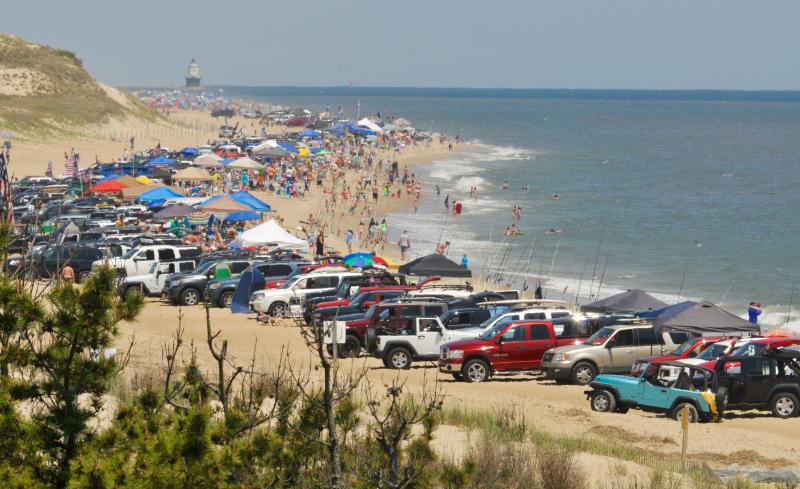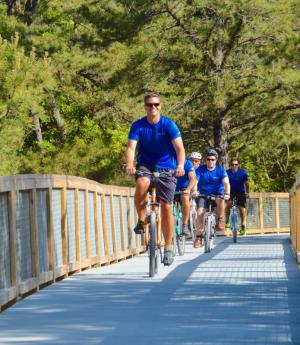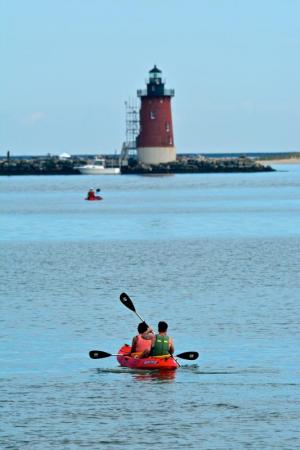Delaware state parks with camping attract the most visitors, and those visitors spend the most money, accounting for $319 million – 80 percent – of the total system-wide impact.
It comes as no surprise that the top two parks in attendance and visitor spending are connected to the beach – Delaware Seashore State Park and Cape Henlopen State Park.
But the much smaller Fenwick Island State Park ranking third was a shocker, said Ray Bivens, director of Delaware State Parks. “I never guessed it would be in the top five,” he said.
Fenwick Island's 344 acres pale in comparison to Cape Henlopen's 5,200 acres and Delaware Seashore's 2,800 acres.
Those are among the key findings in a first-of-its-kind economic impact study of the park system, conducted by Rockport Analytics for fiscal years 2016-17.
While Cape Henlopen's attendance at 1.3 million visitors was higher than Delaware Seashore's 1 million attendance, income from the marina pushed visitor spending to the state's highest at $173 million or more than 40 percent of all spending. Cape Henlopen's visitor spending was more than $128 million. The vast majority of campers at both parks were from out of state.
More than 230,000 visitors at Fenwick Island spent more than $60 million.
Lums Pond in New Castle County and Killens Pond in Kent County rounded out the top five.
In fiscal year 2016-17, the report notes there were 4.1 million visits to the state's 16 state parks. Of that, 1.6 million are considered primary – or out-of-state – visitors who traveled at least 50 miles and named a state park as the primary reason for their visit. It was those visitors whose spending, demographics and comments were considered in the report.
Bivens noted it was the primary visitors who were counted in the study, and not Delaware families in their four-wheel drives on the beach.
He said actual attendance during the time period exceeded 5 million, counting all park visitors.
Spending by Delaware residents was not included in the analysis on the assumption that the money would be spent elsewhere in the state's economy if the park system did not exist.
The 1.6 million primary visitors spent $390 million on lodging, meals, transportation and shopping.
Bivens said fees fund 65 percent of the park system's costs compared to neighboring Maryland where taxes fund 80 percent of costs. In addition, he said, for every $1 of state funds parks receive, $40 was returned in economic activity, which is much more than neighboring states, including Maryland at $18, Virginia at $13 and Pennsylvania at $12.
Bivens said that shows the important economic role volunteers and friends groups have on the bottom line as they provide services at no cost to the park system.
Total taxes generated by the parks eclipsed $100 million – $47.6 million in federal taxes and $52.9 million in state and municipal taxes.
The parks provided employment for more than 6,600 people.
Bivens said data can be used for capital projects, to inform legislators and to tell the story of the parks' economic impact throughout the state. “We've never told that story before,” he said.


























































